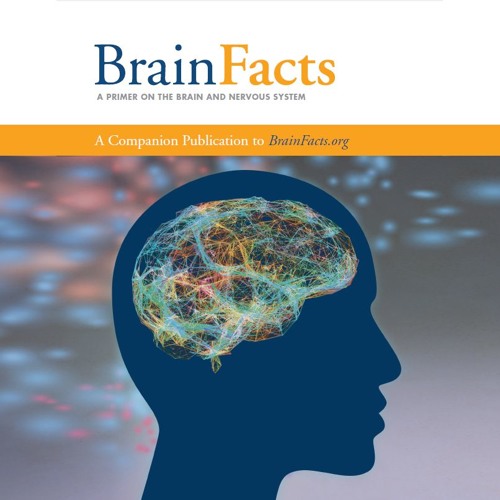

Therefore, motor impairments are the most common effect of an internal capsule stroke. The internal capsule is another region that lies deep within the brain. Here are the major areas of the brain that can be affected
How i use thebrain 9 full#
The effects of a stroke will vary from person to person, so it’s best to reference a full list of the secondary effects of stroke to get an even better idea of what to expect after stroke. You will find a short summary of the effects of each type of stroke, and you can click the link in each section to learn more. We will discuss other patterns next! Areas of the Brain Affected by Stroke and Symptomsīelow, you’ll learn about the different parts of the brain that can be impacted by stroke.

For example, cortical strokes often impact higher level functioning and it’s uncommon for subcortical strokes to result in language difficulties. There are many differences between cortical and subcortical strokes. Subcortical strokes are often hemorrhagic strokes due to the fragile arteries bursting, often from high blood pressure. The arteries that supply the subcortical areas of the brain are smaller and more delicate. Strokes in these areas of the brain are also known

Strokes in these regions are known as a cortical strokes.Īside from the cerebrum, there are subcortical structures that The cerebral cortex/cerebrum is a large part of the brain that includes 4 lobes: the frontal lobe, parietal lobe, occipital lobe, and temporal lobe. Cortical Strokes vs Subcortical Strokesīefore we dive into the different areas of the brainĪffected by stroke, you should know the difference between cortical vs Next, we will discuss the different areas of the brainĪffected by stroke so that you can better understand what to expect. These effects vary from person to person based on the size and location of the stroke. The goal of stroke rehabilitation is to restore or compensate for the secondary effects sustained to your highest potential. This process allows healthy parts of the brain to take over the functions Depending on the area of the brain affected by stroke, this damage will cause changes in certain sensory, motor, or cognitive functions.Īlthough it’s impossible to revive dead brain cells, recovery This can happen by either a blood clot obstructing an artery and stopping blood flow to an area of the brain (called an ischemic stroke) or an artery in the brain bursting and leading to bleeding inside the brain (called a hemorrhagic stroke).ĭuring a stroke, the affected areas of the brain do not receive enough oxygen-rich blood. What Is a Stroke?Ī stroke occurs when the supply of blood in the brain becomes compromised. Use the links below to jump straight to any section:īefore we discusses the areas of the brain affected by stroke, we’ll discuss what a stroke is and the difference between cortical and subcortical strokes. It’s not a foolproof formula by any means, but it provides a rough idea of what to expect from each type of stroke. You’re about to learn which areas of the brain can be affected by stroke, along with common secondary effects. This is why therapists and doctors frequently say, “ Every stroke is different, so every recovery will be different.” Therefore, the effects of a stroke greatly vary from person to person. Each area of the brain controls different functions, and everyone’s brain is wired a bit differently. There are 9 major areas of the brain that can be affected by stroke.


 0 kommentar(er)
0 kommentar(er)
